Last Updated on January 11, 2025 by policyengineer
Last Updated: January 11th, 2025
What you need to know about Medicare’s Open Enrollment Period (OEP)
What changes can you make during OEP?
Medicare, a crucial lifeline for millions of Americans, is a comprehensive health insurance program designed to provide coverage for individuals aged 65 and older or those with certain qualifying disabilities. While many are familiar with the initial enrollment period, there’s another important phase called the Open Enrollment Period (OEP) that deserves attention. In this blog post, we’ll explore what the OEP is, who qualifies, why it’s important, and other topics that can benefit Medicare beneficiaries.
The Open Enrollment Period (OEP) is a specific time frame when Medicare beneficiaries can change their coverage. OEP takes place every year from January 1st to March 31st. You can change your Medicare policy during this period, also known as the Medicare Advantage Open Enrollment Period.
What is the Open Enrollment Period (OEP)?
What changes can you make during OEP?
Medicare beneficiaries who are already enrolled in Medicare Advantage (Part C) or Medicare Prescription Drug Plans (Part D) can participate in the OEP. If you have Original Medicare (Part A and/or Part B), you cannot make changes during the OEP; however, you have other opportunities for adjustments.
- You can Switch to a different type of Medicare Advantage plan (Part C).
- You can Drop your Medicare Advantage plan and go back to having an Original Medicare plan (Parts A & B).
- You can Enroll in a Medicare prescription drug plan (Part D) if you want to go back to an Original Medicare plan
- You can’t switch from Original Medicare to a Medicare Advantage Plan.
- You can’t add a Medicare drug plan if you’re in Original Medicare.
- You can’t change your Medicare drug plan to another if you’re in Original Medicare.

Why is OEP important?
The OEP is essential because it allows beneficiaries to review and modify their existing coverage to better suit their healthcare needs. Here are a few reasons why the OEP is significant:
a. Changes in Health Needs: Your health needs may evolve over time, and the OEP provides a chance to adjust your coverage accordingly.
b. New Plan Offerings: Insurance providers may introduce new plans or alter existing ones. The OEP lets you explore these options and switch plans if necessary.

Do I have to enroll in Medicare every year?
Other Tips for Medicare Beneficiaries:
a. Review Your Annual Notice of Change (ANOC): Insurance providers send an ANOC each fall, detailing any changes to your plan’s costs, benefits, or rules for the upcoming year.
b. Utilize Available Resources: Take advantage of online tools and resources provided by Medicare, such as the Plan Finder tool, to compare plans and find the best fit for your needs.
c. Consider Additional Coverage: Explore options
What is the difference between Medicare’s Annual Enrollment Period (AEP) and OEP ?
- You can Switch to a different Medicare Advantage plan (Part C).
- You can Drop your Medicare Advantage plan and return to having an Original Medicare plan (Parts A & B).
- You can Enroll in a Medicare prescription drug plan (Part D) if you want to return to an Original Medicare plan.
What is the Annual Election Period?
AEP: From October 15th – December 7th.
- Switch from Original Medicare to a Medicare Advantage Plan.
- Switch from a Medicare Advantage Plan back to Original Medicare.
- Change from one Medicare Advantage Plan to another Medicare Advantage Plan.
- Change from a Medicare Advantage Plan that doesn’t offer drug coverage to a Medicare Advantage Plan that offers drug coverage.
- Change from a Medicare Advantage Plan that offers drug coverage to a Medicare Advantage Plan that doesn’t offer drug coverage.
- Add on a Medicare drug plan.
- Change from one Medicare drug plan to another Medicare drug plan.
- Drop your Medicare drug coverage altogether.



